Celebrities have recently gotten a lot more comfortable speaking about their cannabis use and how it helps curb nerves, relax the body, and fuel creativity. But drag performer Laganja Estranja has never been shy about her plant advocacy – in fact, she’s made it a huge part of her brand.
With experience performing on RuPaul’s Drag Race, Heidi Klum’s Queen of Drags, So You Think You Can Dance, and much more, the Texas native has always been inspired to push herself creatively with the aid of cannabis.
Today, Estranja proudly shares about her experiences with the plant: incorporating it into her clothing line, gracing the cover of Dope, and working on her latest music video, “Poison Ivy,” which will make “ganja” the center of the conversation last Halloween.
How Estranja Puts The “Ganja” in Laganja
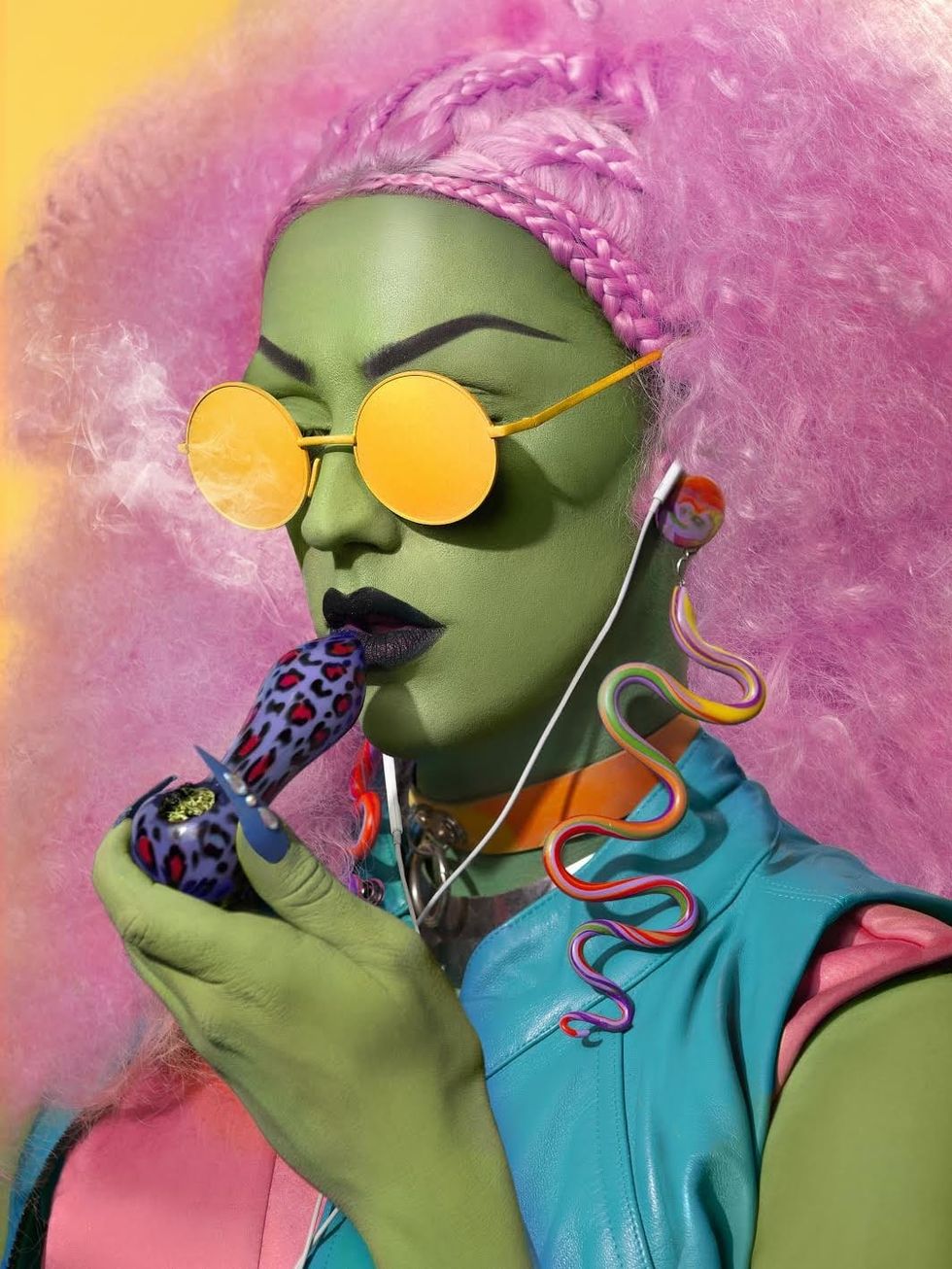
Like many before her, Estranja began smoking cannabis at a young age. She mainly used it for recreational purposes at first, but quickly realized how much cannabis seemed to inspire her choreography process.
With choreography credits including the NYC Cosmetics FACE Awards, rapper Brooke Candy, and Miley Cyrus, Estranja is unmistakably talented, and she attributes a good amount of that success to cannabis.
“Cannabis really changed my life. I got injured in college during a dance piece, and a chiropractor suggested I get my medical license under Prop 215,” Estranja told The Bluntness.
“I had already discovered how cannabis could help me creatively as an artist, but it also helped me with physical pain, sleeping, eating, depression...then I realized, if I’m going to become a queen, I need a platform to stand on. Any good queen has a cause, and this is mine.”
Cannabis has always had a special place in Estranja’s world. As a member of the LGBTQ+ community, she witnessed a lot of her peers struggle with the concept of growing up “different,” and many turned to drugs or alcohol for relief.
This is a big reason Estranja began advocating for cannabis publicly. In a community that has often relied on dangerous substances as a form of self-medication, she aims to educate people on the healing powers of cannabis and how it can truly make a positive difference in someone’s life.
“I believe cannabis helps me every single day. It helps me be who I want to be, and helps me be a better, more patient, kinder individual,” Estranja said.
“Cannabis is a miracle plant. It’s really allowed me to be my best self: to come out as trans, to live my life bravely. I feel like it would be silly to pinpoint, ‘Oh, it helps me in art,’ or, ‘It helps me when I’m anxious.’ No. It helps me 24/7, seven days a week.”
The Importance of Cannabis Liberation for the LGBTQ+ Community

If you’re at all familiar with cannabis legalization in California, you may have heard about the story of Dennis Peron, a gay man who successfully advocated for legal medical cannabis in California during the AIDS crisis.
While the government infamously failed to take action against an epidemic that was killing gay men all over the country, cannabis was the only thing that was providing relief to so many suffering patients facing a terrifying, terminal fate.
Thanks to the efforts of Peron and other activists, Prop 215 was realized, granting California citizens access to medical cannabis – the very proposition that allowed Estranja to gain access to the plant after she got injured.
“I think it comes down to the fact that queer people have always been marginalized, and because of that, they’re forced to look for other options. Plant-based medicine has always worked for the queer community. It’s a way of harm reduction,” Estranja said.
“They’re getting a lot of medical benefits from cannabis, even if it’s just being used recreationally.”
Despite the fact that cannabis has always held a special place within the LGBTQ+ community, that sentiment hasn’t always gone both ways. The cannabis industry is known for its toxic “bro” culture, and that’s something that really needs to change.
“It’s unfortunate we still live in an era where the white straight man runs everything. It’s not a safe space,” Estranja said.
“It’s important to create those spaces, to take up room. As an openly trans woman, it’s important that I continue this fight in the industry so no one has to go through what I went through. It’s time to return that favor and create space so others can follow after me.”
Legal Cannabis Can’t Come Without Social Equity
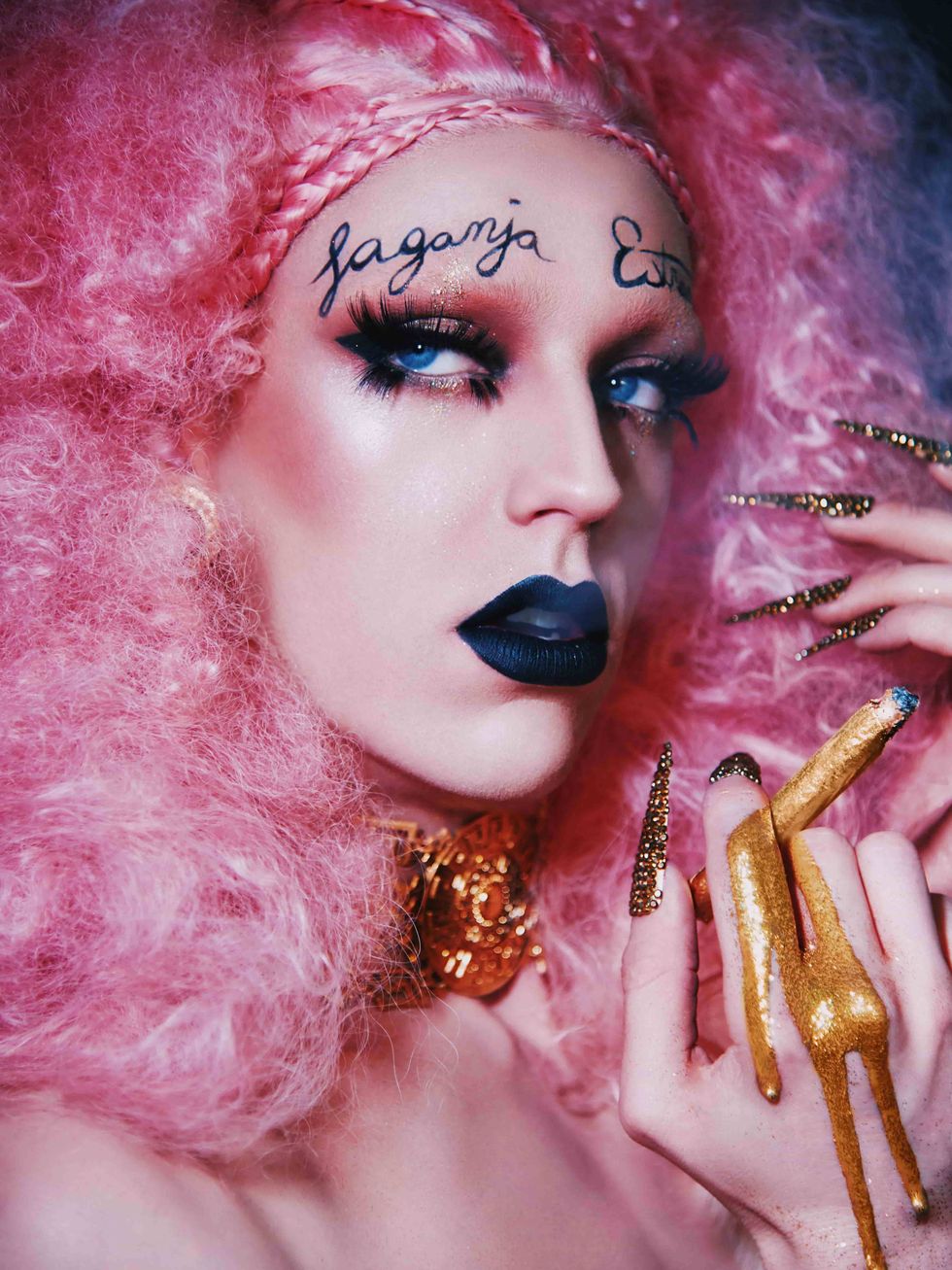
Despite the fact that the cannabis industry is still mainly dominated by this toxic “bro” culture, there are plenty of operators within the space who have built the industry from the ground up and are doing some amazing work to ensure equity is established within the legal industry.
Throughout the plant’s prohibition, which was fueled by racism, cannabis still thrived thanks to the Black, Brown, and LGBTQ+ communities around the nation who were brave enough to forge on despite the severe consequences.
Unfortunately, many of those people also bore the brunt of federal raids fueled by “marijuana” panic, and were financially destroyed, kicked out of their homes, or sent to jail for their involvement in the industry.
Today’s legal industry seeks equity and justice for these people, who’ve not only suffered the worst consequences of prohibition, but have been kept out of the legal market in favor of investors with the fattest pockets.
The latest draft of the Cannabis Administration and Opportunity Act (CAOA) leaves room for this sort of justice, but cannabis advocates like Estranja are keeping a close eye on what those developments will actually look like.
“Federally legal cannabis should include equity to those who have suffered. The fact that we have cannabis delivery services, and people of color are still in jail for the same exact thing, is ludacris,” Estranja said.
“We need to get those prisoners out of jail and get them the equity they deserve from these businesses who are making money off their hard work.”
Estranja also believes the sort of guidelines that are applied to alcohol and/or tobacco products should be present in the legal cannabis industry.
“Right now, every dispensary across the U.S. is so different as far as requirements. I’d love to see streamlined ideas. Almost everywhere you go, alcohol has the same rules, so you always know where you stand. Cannabis should be the same way,” Estranja said.
“Also, those rules need to be in favor of those who actually work with the plant – not just those with the money.”
While “those with the money” are definitely important for industry success, many of these people lack the cannabis experience required to actually build a successful brand that speaks to the community.
The legal industry is still a relatively new concept, but the cannabis community is something that has counter-culturally thrived for decades. Today’s legal market needs to recognize and respect those roots in order to be truly welcomed and trusted by those who have been forced to keep their ritualistic connection to the plant in the shadows.
“I think the cannabis community is very creative. We have a lot of strong leaders who aren’t cis white men doing a lot of incredible work, as far as giving back to different communities and keeping cannabis close to its roots,” Estranja said.
“I recently worked with PAX, and they donated $30 of every vape cartridge they sold to a trans youth center in Boston. I think it’s so cool we have these people fighting for us. I want to be one of those people; I want to help.”
Estranja’s Version of Activism Centers on Creativity
With her drag name alone, Laganja Estranja has definitely dedicated her platform to cannabis activism, which she prefers to express in the way she knows best: creatively.
She’s spoken about the healing powers of cannabis throughout her career, incorporating legalization narratives in her music videos, speaking on livestreams about her favorite strains, and sharing important cannabis policy news with her followers.
Most recently, Estranja has been developing her new cannabis lifestyle brand, which will include a collaboration solventless ice water hash pre-roll joint with San Francisco's The Hepburns, coined “LAHepburns.” The brand will be the first to explicitly celebrate both cannabis and LGBTQ+ pride.
She’s also planning to drop a brand new single on October 15, slyly titled “Poison Ivy” in homage to her favorite plant. The video, which was filmed in Atlanta, will feature Estranja covered in weed leaves, bringing “ganja” into the conversation just in time for Halloween.
“That’s sort of how I look at my advocacy – through my art. I’m an artist, and while I’m also an activist, I’m most passionate about my art, my music, and my dancing. Those are the tools I try to utilize to spread my message,” Estranja said.
“A lot of people think of activism as standing on the steps of City Hall every day, but I think a lot of activism is just living your life and showing people every single day what that can look like.”
From her Instagram lives to public speaking events to drag performances, Estranja loves for people to witness her daily life and see that there really is no such thing as a “lazy stoner.”
“It’s the complete opposite. Getting stoned is the only way I can maintain such a busy schedule,” Estranja said.
From pain management to stress reduction to ultimate creativity, cannabis continues to inspire Estranja in every aspect of her life.
When asked where the name “Laganja Estranja” came from in the first place, Estranja hesitated. “Honestly, I don’t know. I love rhyming names. I don’t know exactly how it was birthed, but I was definitely high when it was.”
Need a little more Bluntness in your life? Sign Up for our newsletter to stay in the loop.
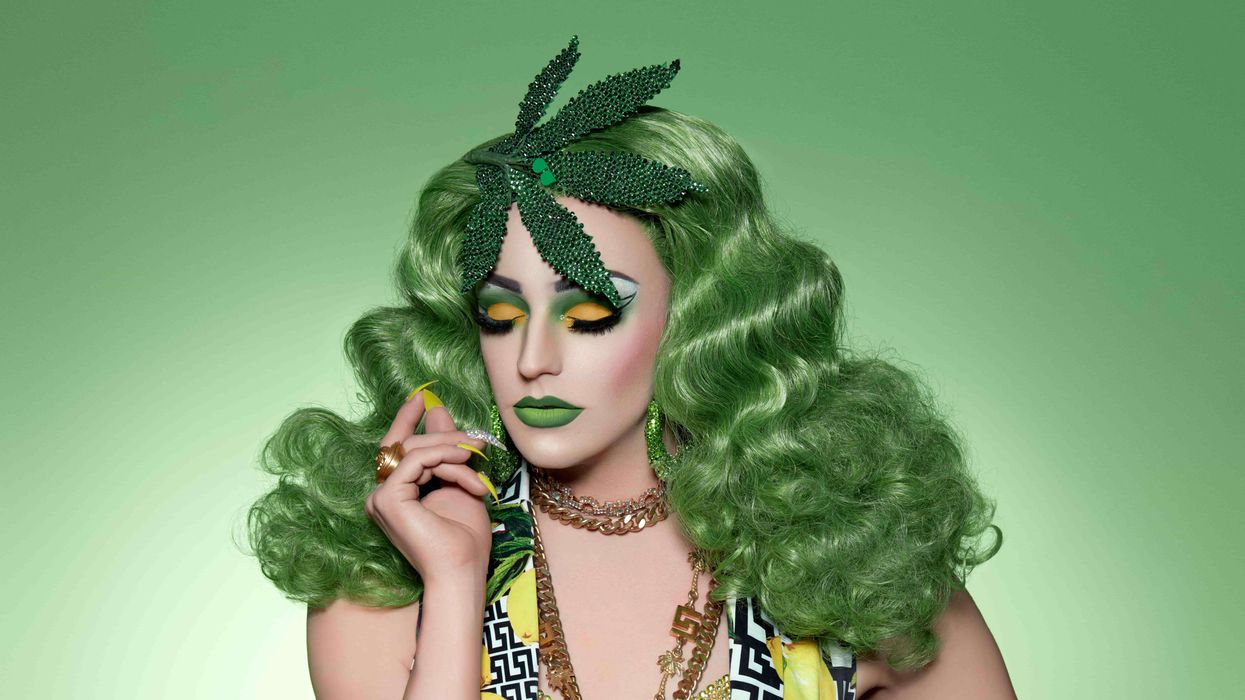


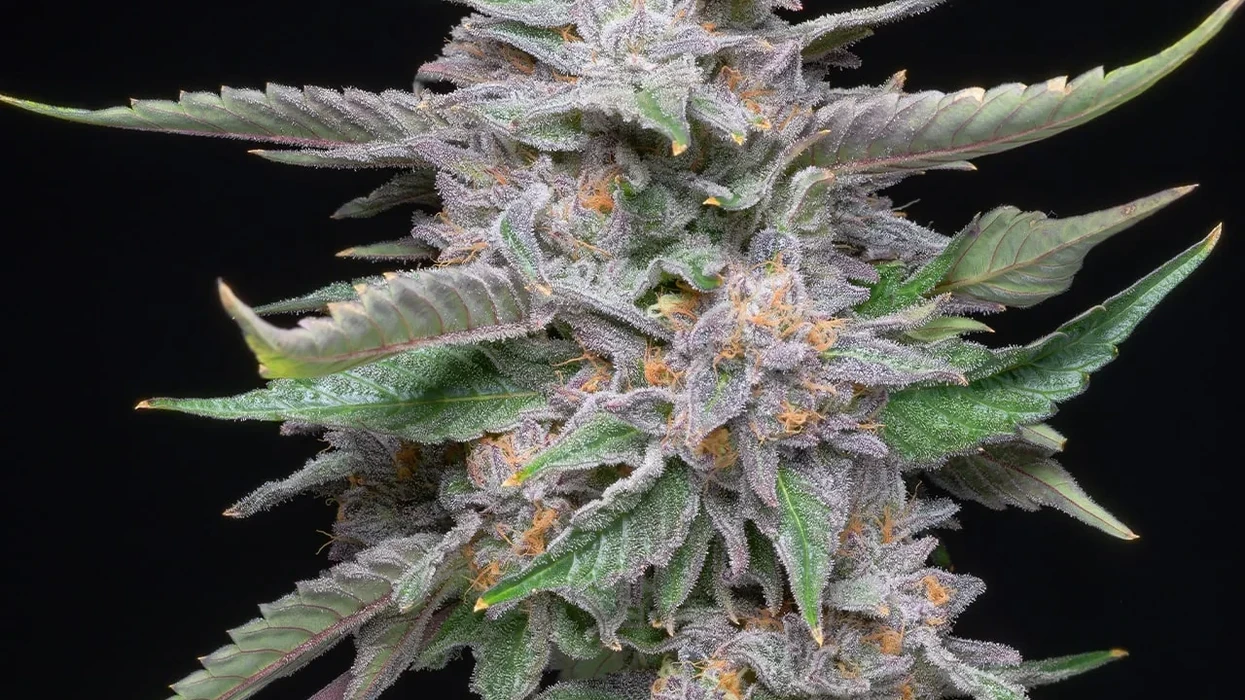
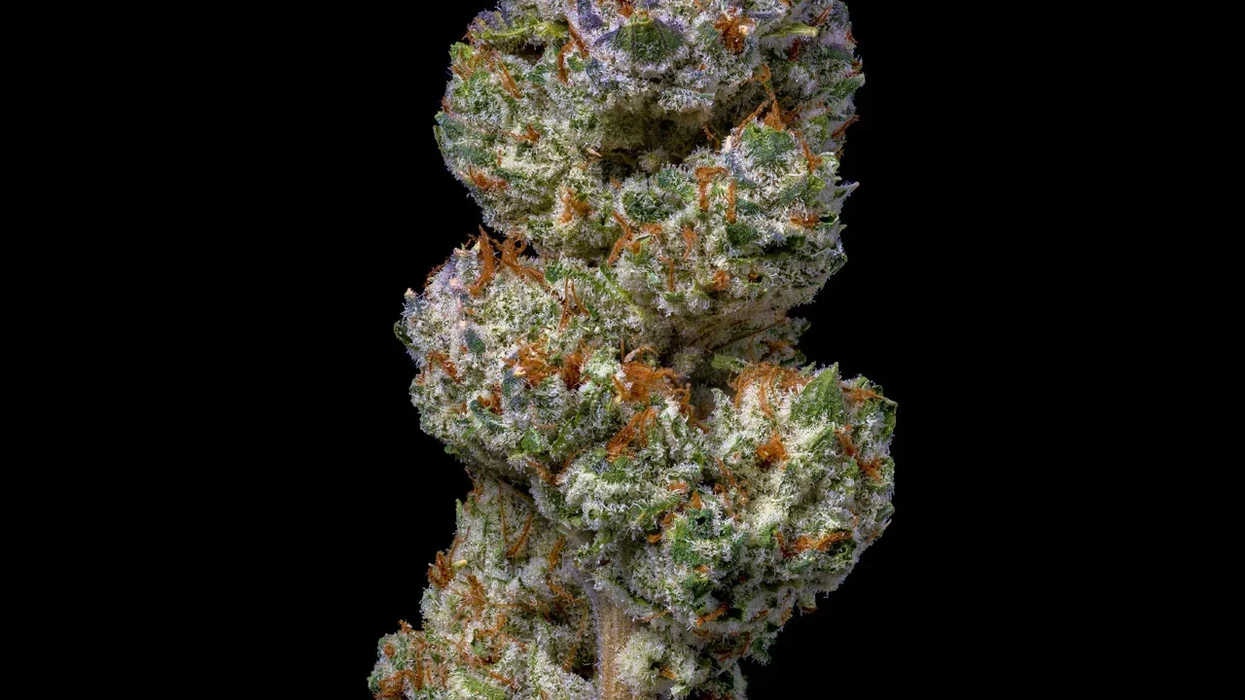
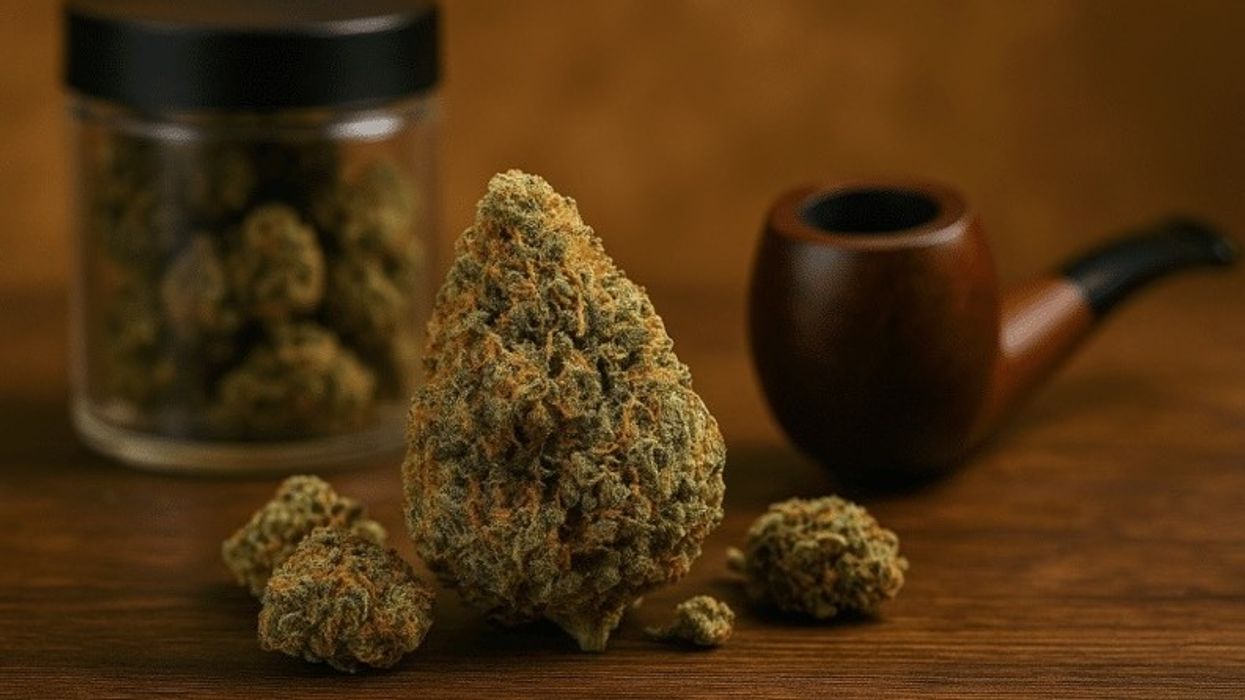

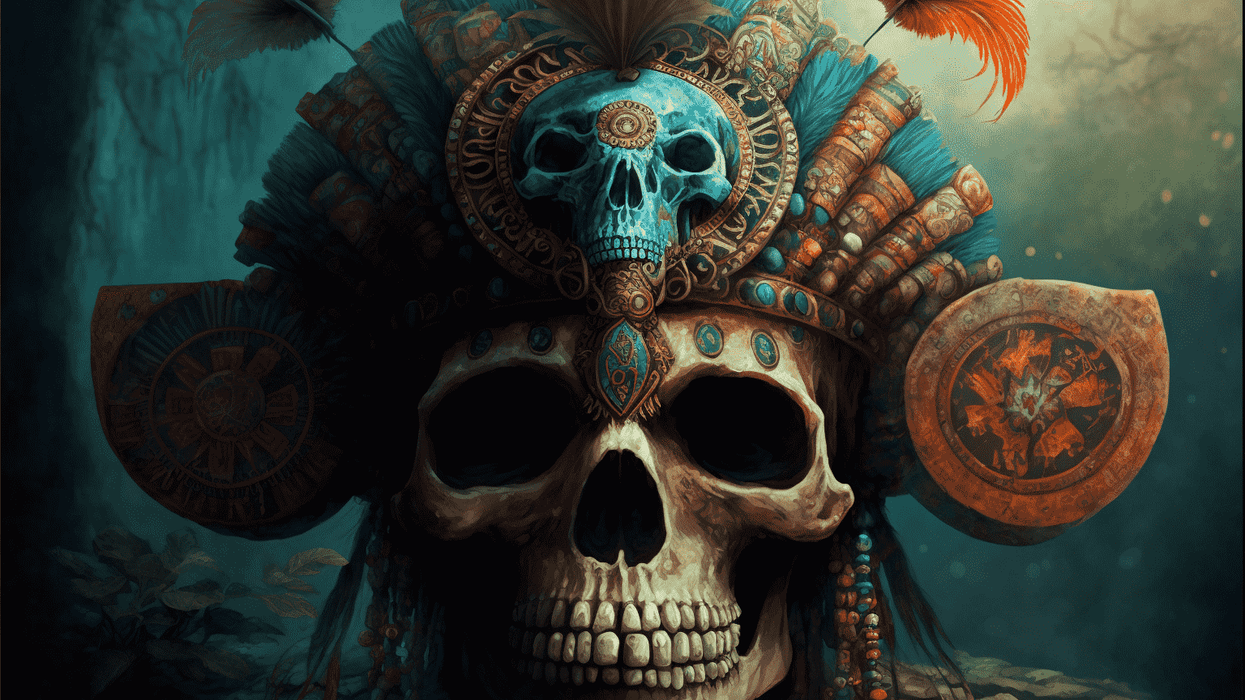
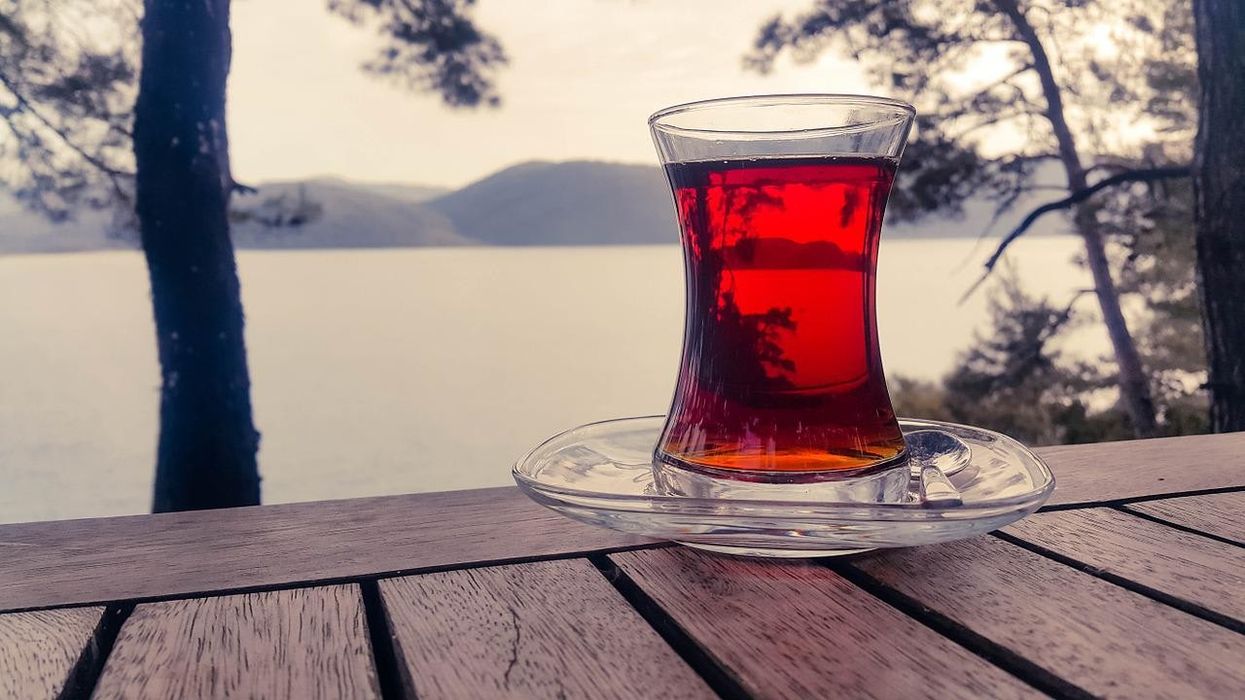
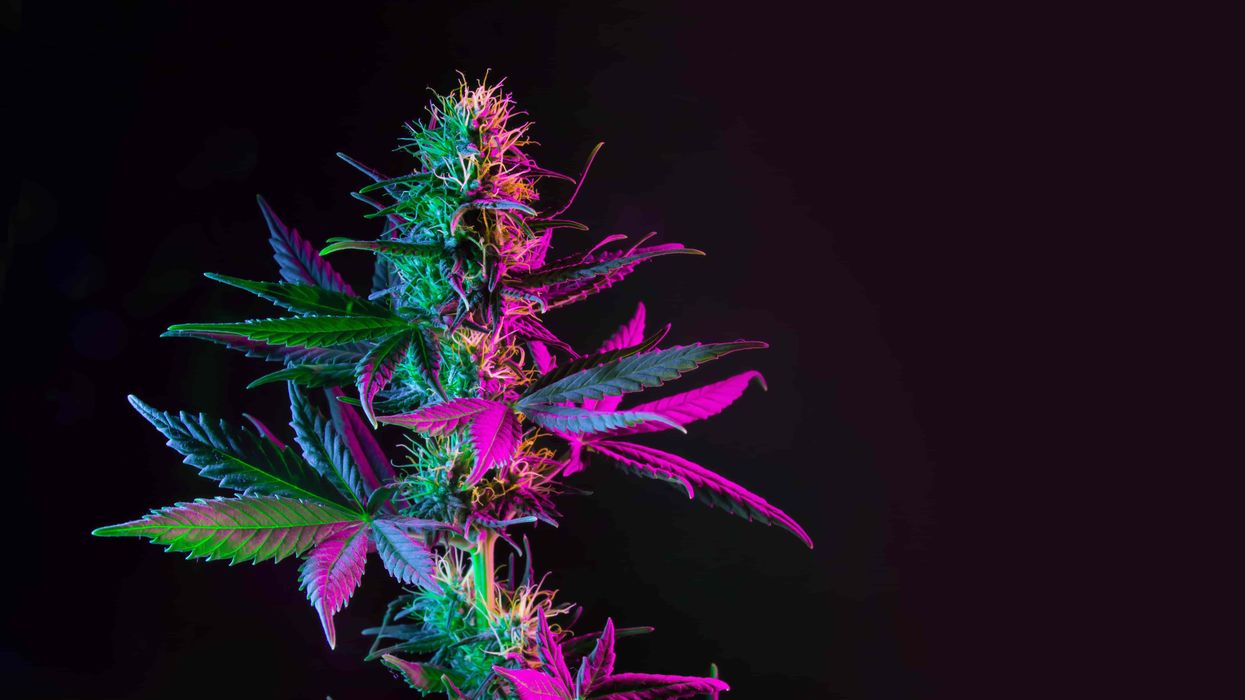
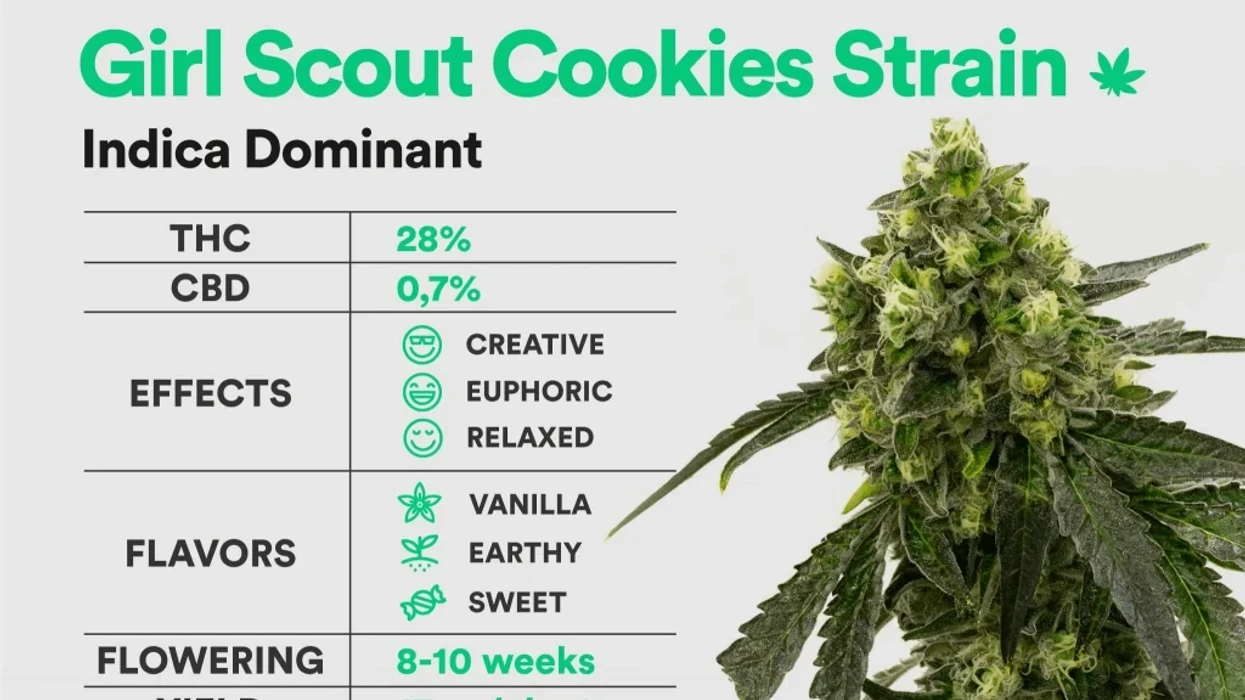

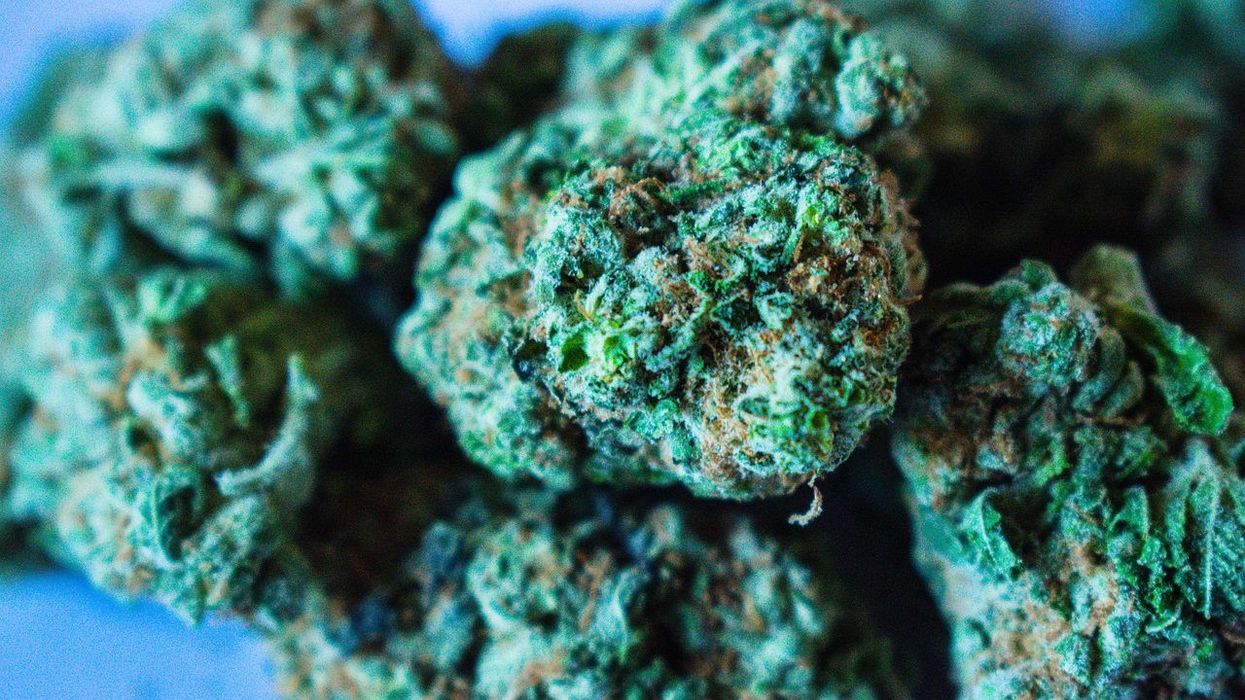
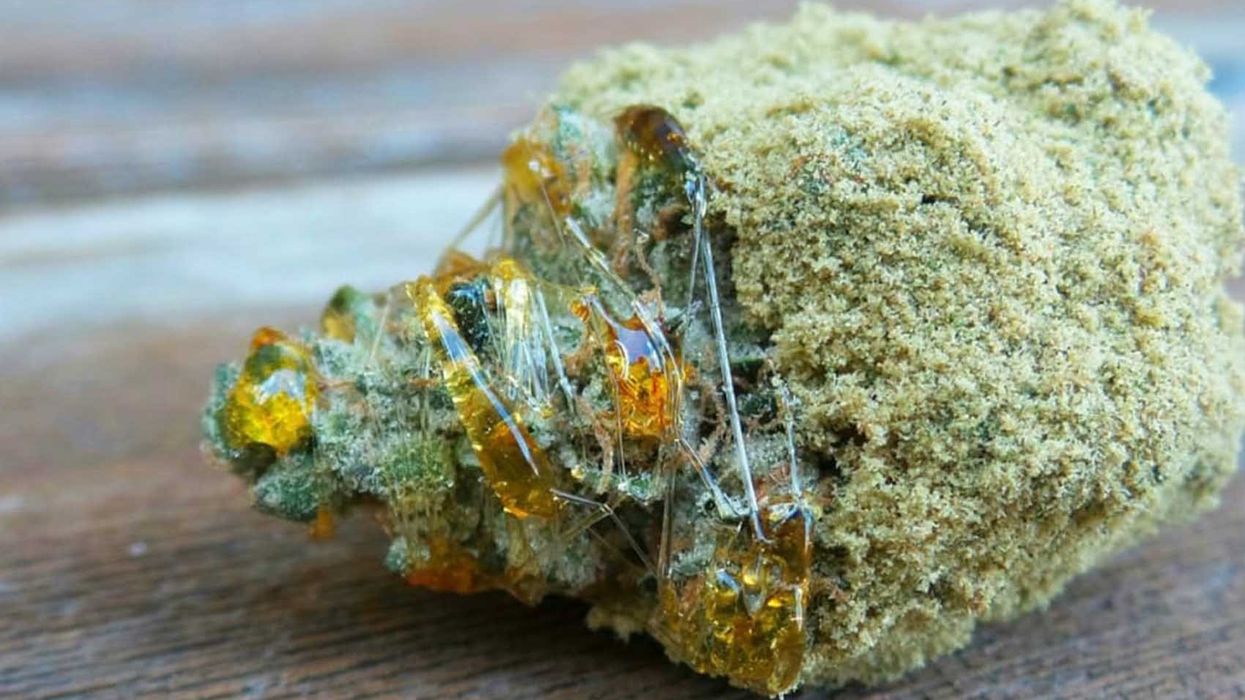
 What is Moon Rock Weed? - The Bluntness
null
What is Moon Rock Weed? - The Bluntness
null
 What is Moon Rocks Weed? - The Bluntness
What is Moon Rocks Weed? - The Bluntness What Are Moon Rocks?
What Are Moon Rocks?
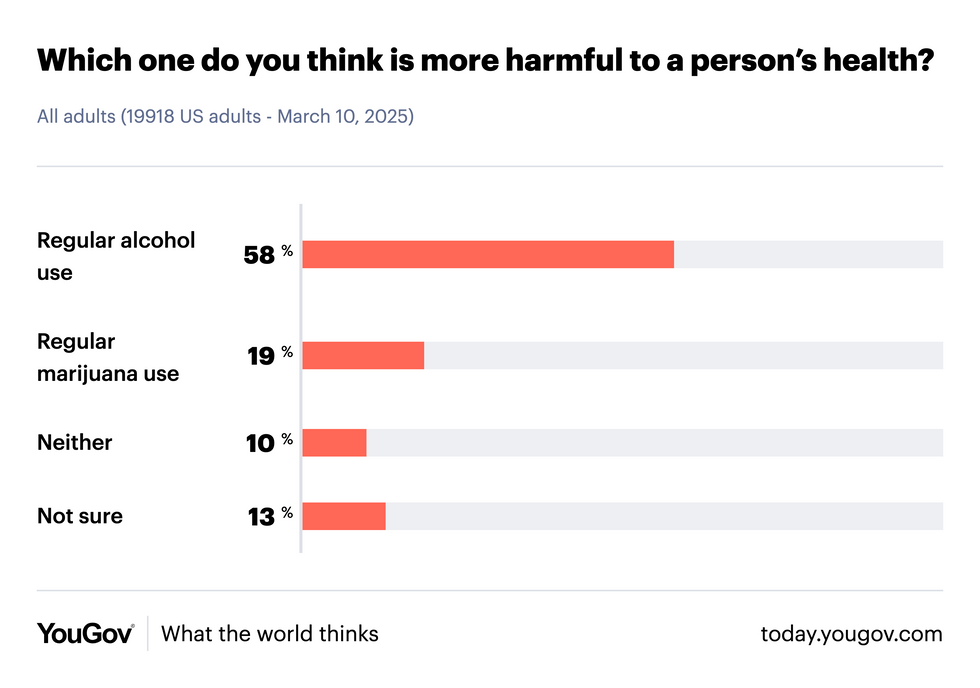 YouGov survey results - alcohol vs. marijuana
YouGov survey results - alcohol vs. marijuana  Weed’s Image Glow-Up Is Real
Photo by
Weed’s Image Glow-Up Is Real
Photo by 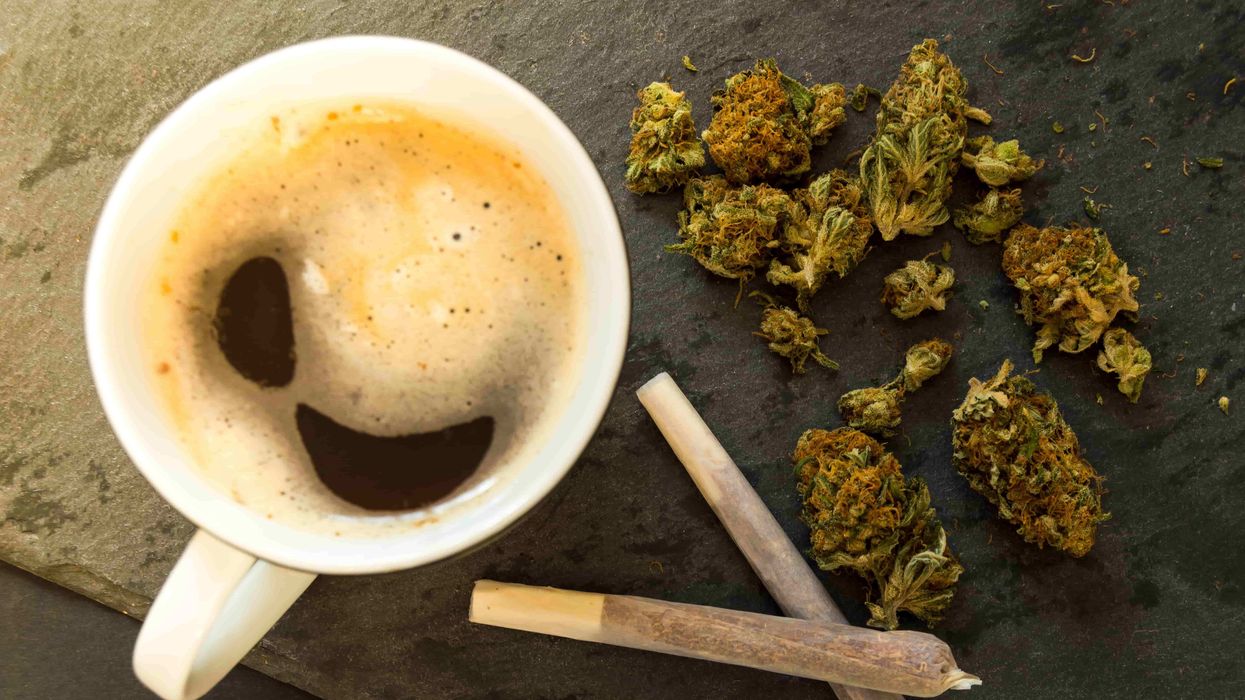
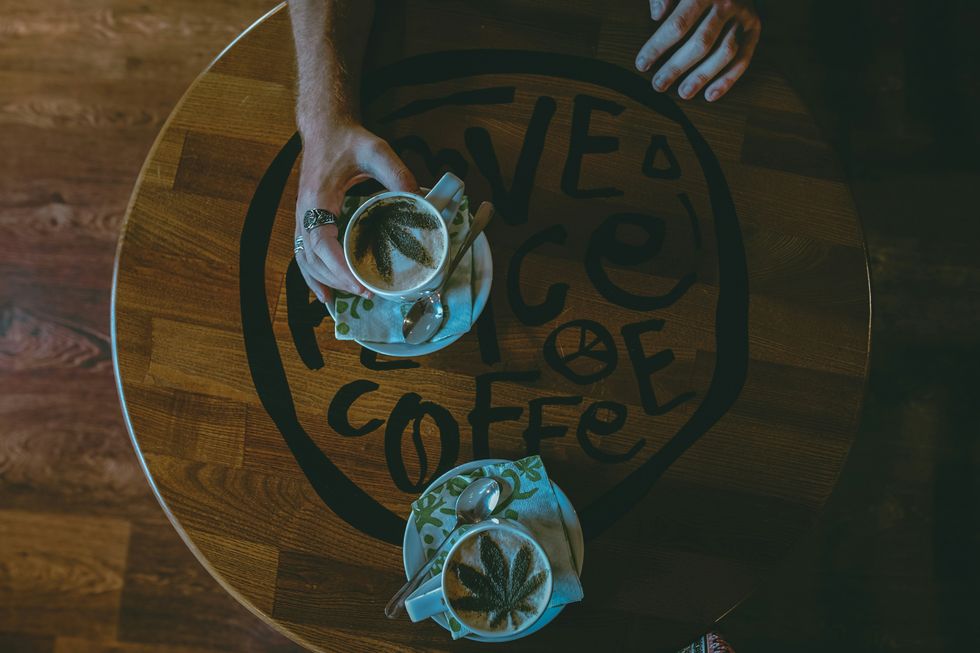 Coffee & Weed: A Modern Spin on the Hippie Speedball - The Bluntness
Photo by
Coffee & Weed: A Modern Spin on the Hippie Speedball - The Bluntness
Photo by 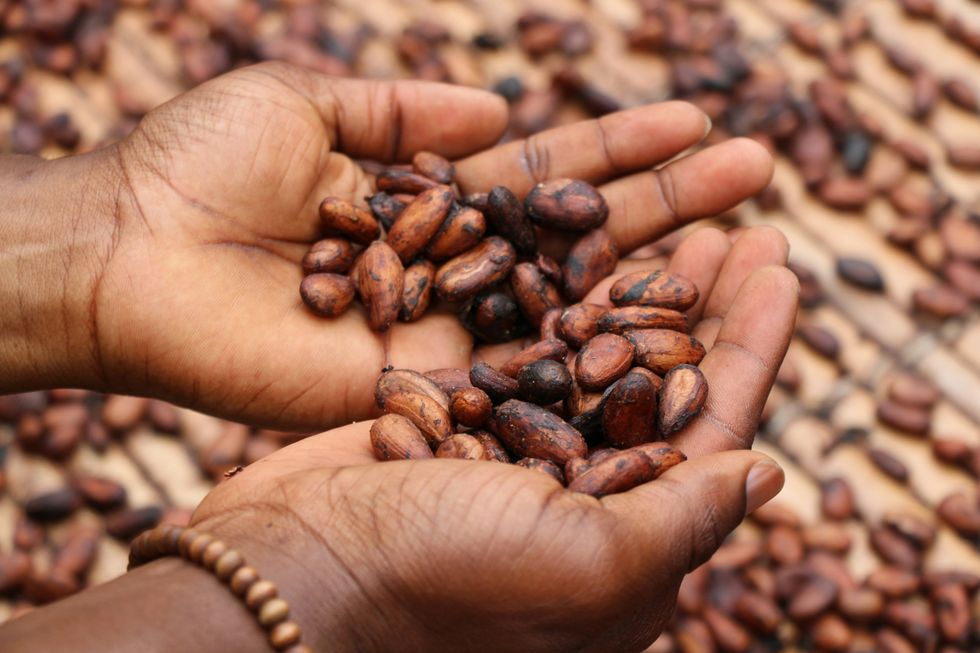 Coffee & Weed: A Modern Spin on the Hippie Speedball - The Bluntness
Photo by
Coffee & Weed: A Modern Spin on the Hippie Speedball - The Bluntness
Photo by 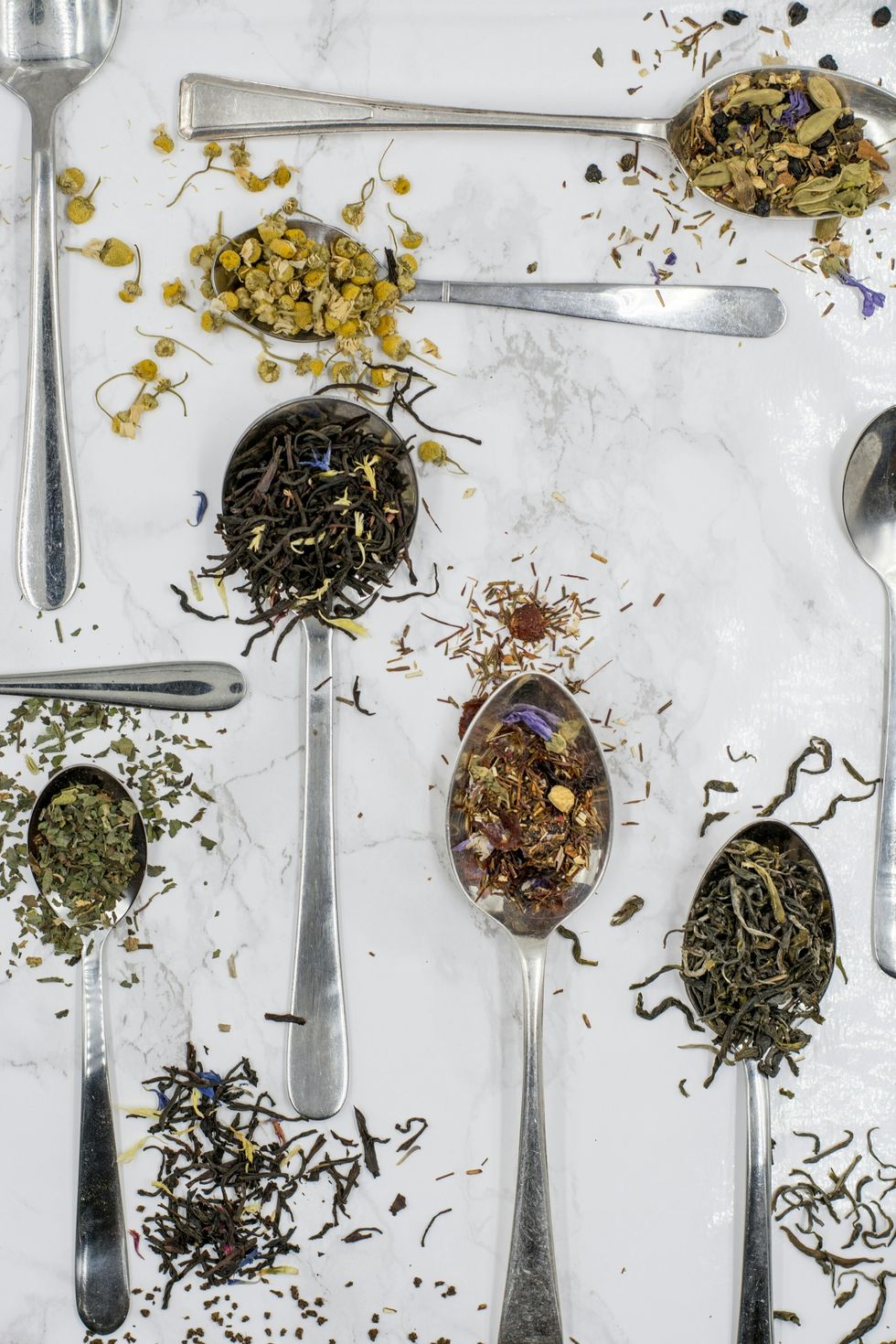 Coffee & Weed: A Modern Spin on the Hippie Speedball - The Bluntness
Photo by
Coffee & Weed: A Modern Spin on the Hippie Speedball - The Bluntness
Photo by 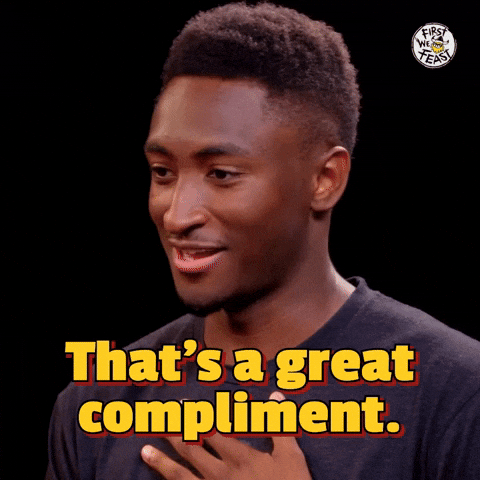
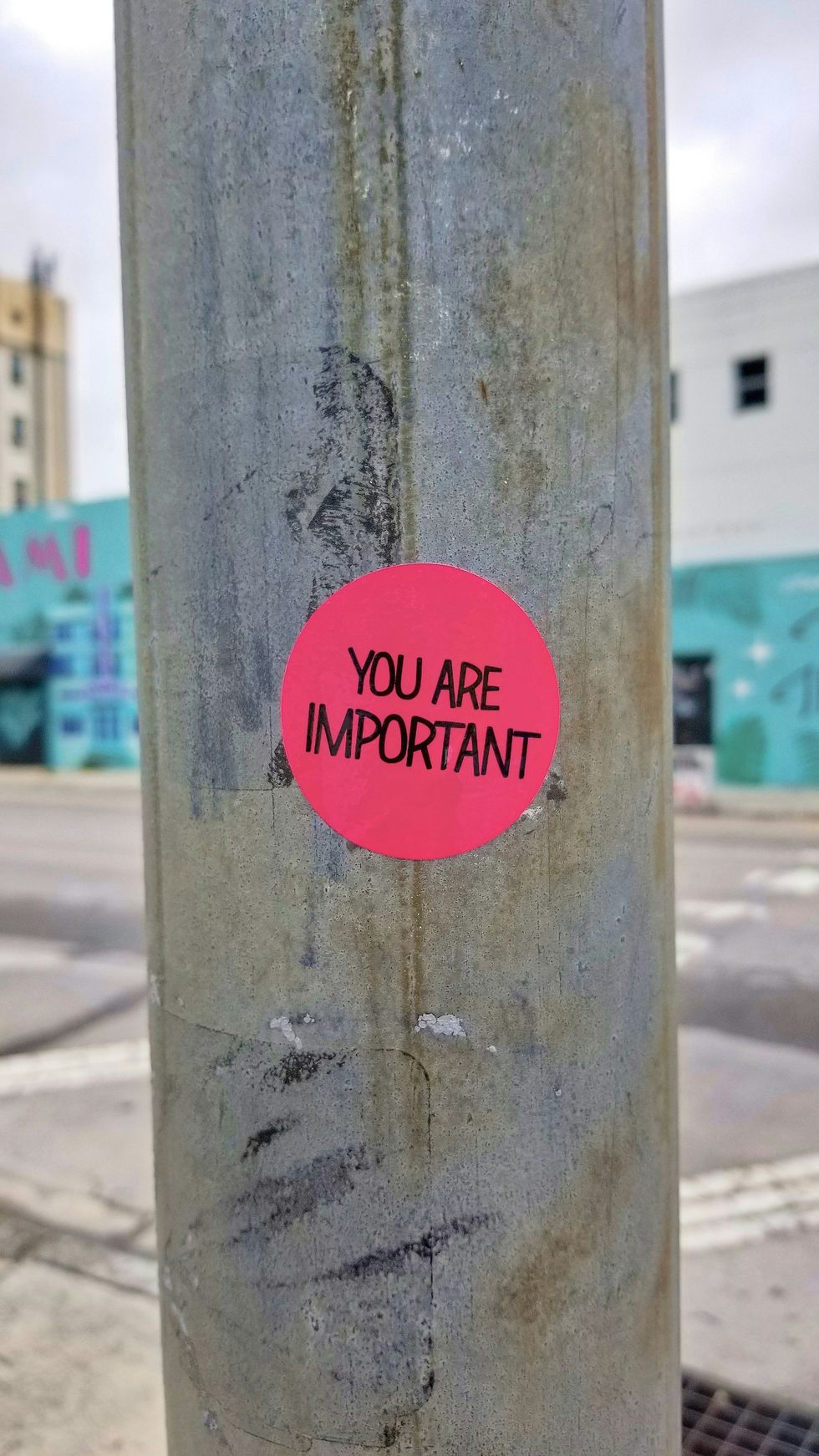 The Psychology of Praise vs. Criticism: A Study in Emotional Intelligence
Photo by
The Psychology of Praise vs. Criticism: A Study in Emotional Intelligence
Photo by